What is your “emotional attitude”?
Invented by Mary Burmeister to describe our prevailing emotional states, the term refers to the shifting emotional winds that disrupt our equilibrium, throwing our thoughts and our energetic rhythms off balance—the anxiety-provoking email that poisons an entire day, or the decades-old trauma that still holds us back in ways big and small. These are familiar examples of the ways in which our emotions can fester and accumulate long after an inciting incident has come and gone.
Most of us are already aware of how deeply our emotions affect our lives. Among Mary Burmeister’s many valuable contributions to the Art of Jin Shin was the insight that our negative emotional attitudes, whether changing or fixed, are the cause of all “dis-ease,” the energetic precursor for disease.
Mary’s insight has been upheld by modern medicine, in study after study showing the negative effects of emotional stress on the human body. Working to map the emotional attitudes on the body, she delineated them into five categories: worry, fear, anger, sadness, and “trying to.” The first four types are self-explanatory, while the last may refer to both inauthenticity and excessive effort. Each of the attitudes can be harmonized by holding a specific finger or thumb.
Assisting the body with any healing project while also harmonizing specific organ functions, the finger holds are a wonderful place to start your journey into self-care with Jin Shin. Like a tree, each finger can be divided into three parts—the roots, the trunk, and the harvest. You can either hold the whole length of the finger or treat each part separately.
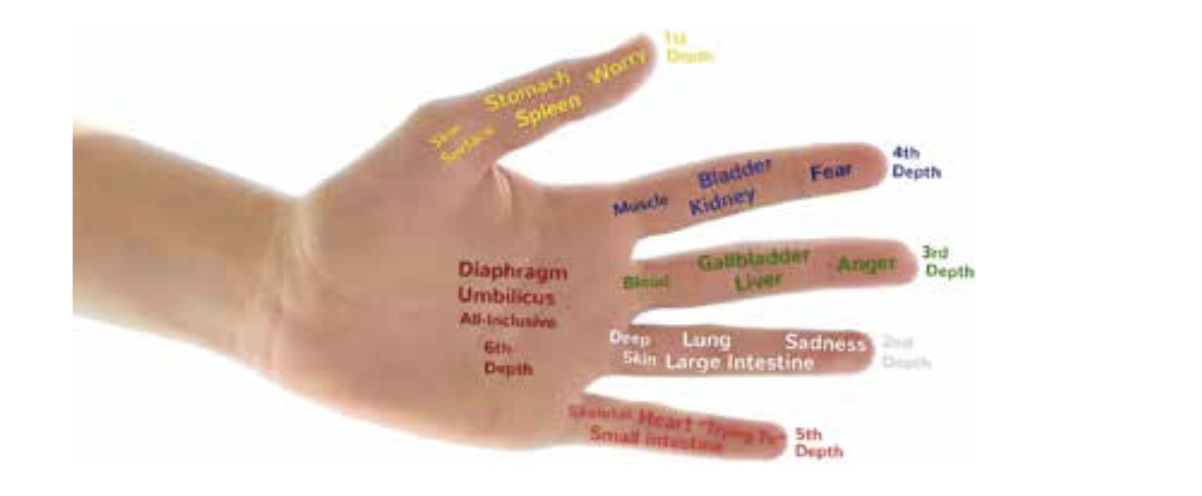
A powerful healing tool, the hand is a multidirectional conduit for the energy of Jin Shin. Each section of the finger harmonizes a different part of the body. The top of the finger, or harvest, helps the chest line, including the lungs and the heart—a vital area for emotions and other intangible aspects of the human condition. The middle of the finger, or trunk, helps with waistline projects, including stomach, spleen, liver, and gallbladder—an area that relates to our understanding of self and our earthly desires, such as money. The bottom of the finger, or roots, harmonizes the hipline—representing the earth, our harvest, and abundance. Finally, the palm of the hand is where all organ functions come together. Attending to the palms will help to re-energize the body along with the umbilicus and diaphragm energy.
Choosing the hand (right or left) with which to begin depends on your preference or mood, or whatever is most comfortable for you—perhaps your dominant hand. Attending to the fingers on the right hand can help with daily stress and the category we call “environmental projects”—energetic blockages resulting from stressors in the environment such as diet or lifestyle or even weather changes.
The fingers on the left hand will help long-standing and/or chronic projects, such as earlier trauma or lingering illness, as well as hereditary issues. The backs of the fingers help us with our inhale, and the palm side helps with the exhale.
How to harmonize our emotional attitudes with our fingers:
Gently hold each for three breaths, or as long as feels comfortable.
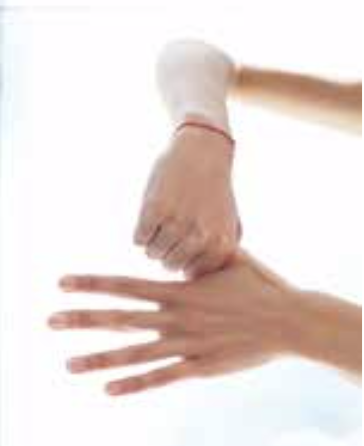
1. Place right fingers and thumb around the left thumb.
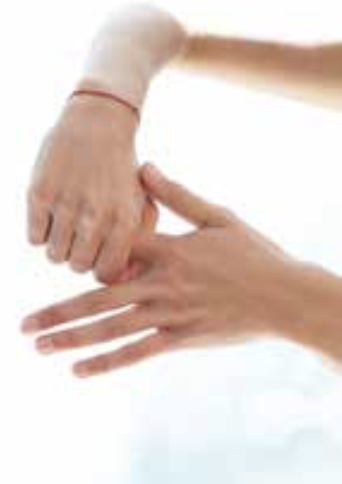
2. Place right fingers and thumb around the left index finger.
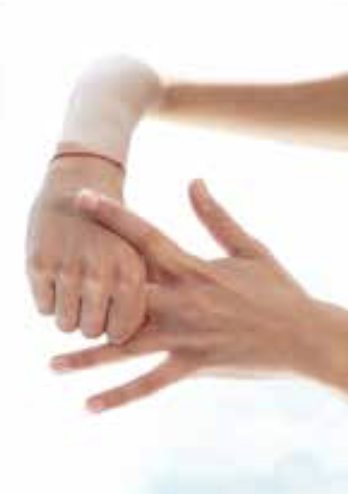
3. Place right fingers and thumb around the left middle finger.
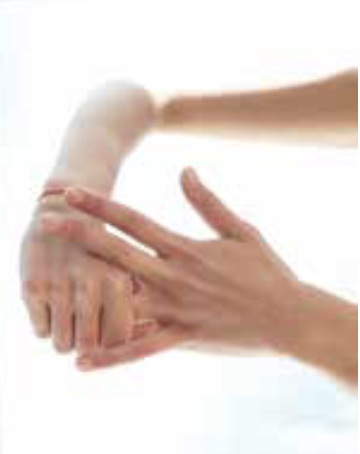
4. Place right fingers and thumb around the left ring finger.
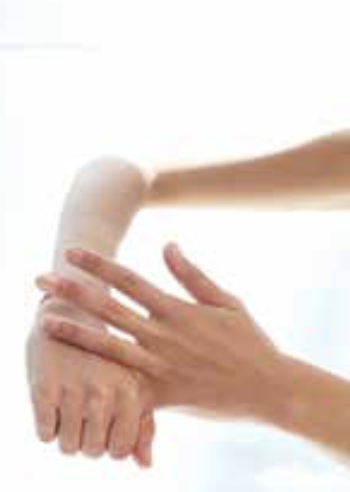
5. Place right fingers and thumb around the left little finger.
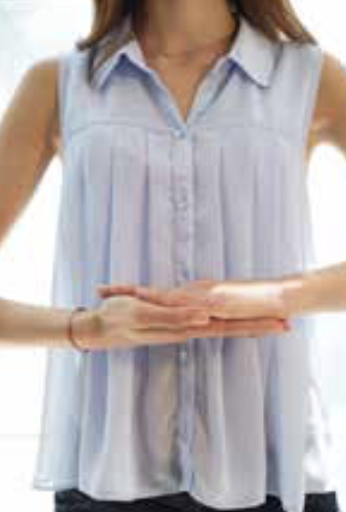
7. Place palms together.
~
Get the full copy of the book here.



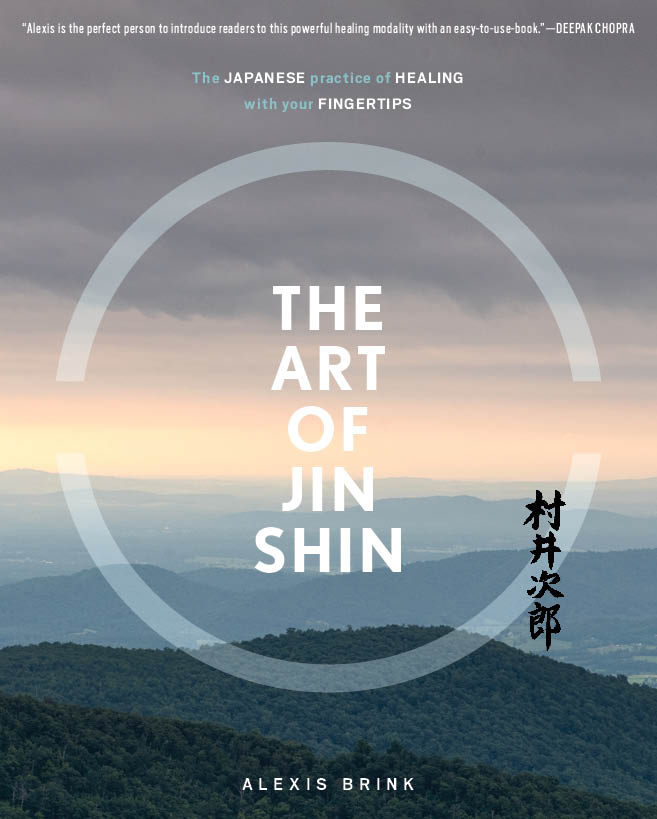







Read 0 comments and reply